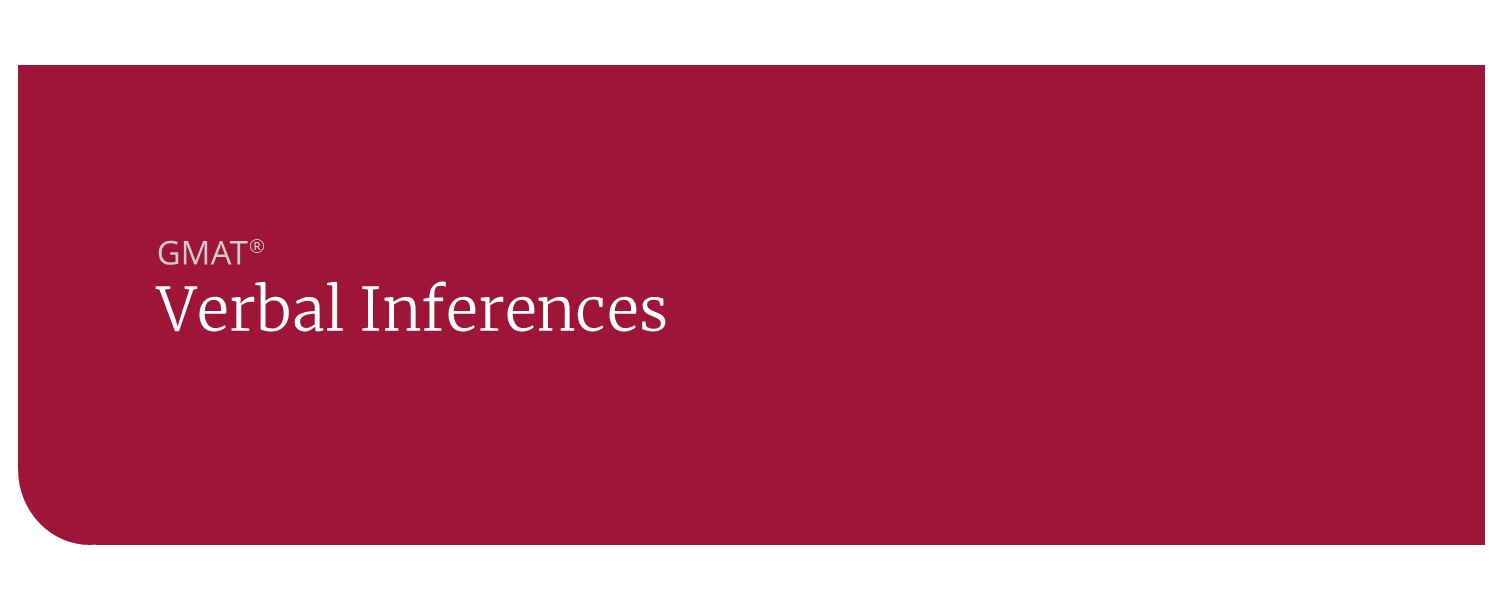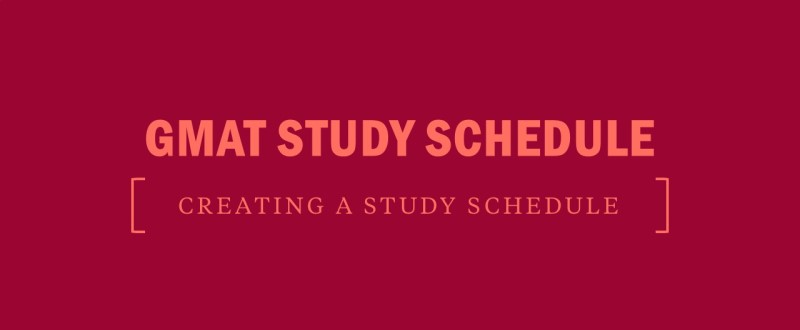GMAT Verbal: Inferences
You’re having lunch with your friend Jane, and you suggest getting hot fudge sundaes for dessert; Jane tells you that she doesn’t eat hot fudge sundaes. In real life, you could draw several valid inferences from this: she’s lactose intolerant, she has sensitive teeth and so can’t eat frozen desserts, she’s on a diet and trying to avoid sweets, or maybe she just doesn’t like ice cream or hot fudge. In real life, those would all be acceptable inferences, because the real-world definition of infer is to do any of the following:
1. to derive by reasoning; conclude or judge from premises or evidence: e.g., They inferred his anger from his heated denial.
2. (of facts, circumstances, statements, etc.) to indicate or involve as a conclusion; lead to.
3. to guess; speculate; surmise.
4. to hint; imply; suggest.
“Infer” is, as you can see, a word with fairly flexible meaning. We most often use it in day-to-day life to mean “make an educated guess.” If your friend Jane says she doesn’t eat hot fudge sundaes, you apply your existing knowledge about the possible reasons someone could have for not enjoying the hot fudge and ice cream deliciousness, and you make an educated guess as to what her reasons could be.
GMAT Verbal Inference Questions
On the GMAT, however, “inference” has a different meaning. Think of inferring as the process of deriving the strict logical consequences of assumed premises.
On the GMAT, therefore, if you are told that Jane doesn’t eat hot fudge sundaes, you can derive two logical consequences from that premise:
- If Jane is eating, has eaten, or will eat something, it isn’t a hot fudge sundae, and
- If someone is eating, has eaten, or will eat a hot fudge sundae, that person is not Jane.
The correct answer to an inference question on the GMAT will follow directly from the evidence provided; it is NOT merely an educated guess but is instead the logical consequence of the assumed premises.
Notice that just based on six words—“Jane doesn’t eat hot fudge sundaes”—we can draw two possible inferences. Now think of how many words you might see in the average GMAT question, and you’ll understand that inference questions, unlike other types of questions, don’t lend themselves well to prediction. Trying to guess the correct inference being drawn from several sentences worth of statements is generally a waste of time.
Your best bet in approaching GMAT questions that ask for inferences is to use the process of elimination. Eliminate answers that are just “educated guesses,” answers that aren’t necessarily true, answers that are too extreme, and of course, anything irrelevant. Your answer will be the one choice that follows strictly from the statements in the question.
GMAT Verbal Practice Questions
Let’s look at two sample GMAT-type questions. The first will walk you through how to solve an Inference question. The second one, try the method on your own:
GMAT Verbal Question 1
Step 1: Identify the Question Type: The keywords “properly inferred” in the question stem are a sure sign of an Inference question.
Step 2: Untangle the Stimulus: Randall’s comments can be reduced to an if/then statement: If productions of his plays are poorly done, then they don’t provide a true measure of his skills as a dramatist. And many amateur theater groups perform his plays poorly.
Step 3: Predict the Answer: While we may not be able to predict what the correct answer choice will infer, we can be certain that it is a statement that must be true if we accept Randall’s statement as true.
Step 4: Evaluate the Choices: Since many amateur productions are poorly done, and no poorly done production provides a true measure of Randall’s skills, it must be true that at least some amateur groups’ productions do not provide a true measure of his skills, so (E) is correct. Don’t be afraid of (E) because it seems “obvious.” This is not a test-maker trick—an “obvious” answer is one that must be true, so it works as a valid Inference.
(A) seriously distorts Randall’s statement. Just because some amateur productions don’t do him justice doesn’t mean that there are other productions that do. If the GMAT tells you that some marbles are red, you can’t automatically infer that some are not red.
(B) is another sort of distortion. Randall’s statement about certain poorly done productions in no way guarantees anything about productions that aren’t poorly done.
(C) is far too extreme. Randall does establish a correlation between poor production quality and failure to provide a true measure of his skills, but that correlation has only been established for a certain set of productions and can’t be extended to all productions.
(D) attempts to extract a broad principle from Randall’s statement, but his statement is too particular to allow this kind of extrapolation.
The answer is (E).
GMAT Verbal Question 2
Only one of these answer choices MUST be true; let’s take a look at the options:
A. We only know about percentages, or proportions, so we can’t draw inferences about dollar amounts.
B. No information is provided about competition for either Interment Services or Toxic Household Products.
C. This is the correct choice; Interment Services has a profit to transactions ratio of 50%:30%, or 5:3, while Toxic Household Products has a ratio of 50%:70%, or 5:7. Therefore, the Toxic Household Products Division is doing more than twice as many transactions as the Interment Services Division, but yielding the same profits.
D. Product lines are not discussed, and therefore can’t be the subject of an inference.
E. Per-family spending is never mentioned, so we can’t infer anything about it.
There’s a pattern here: if it’s not mentioned, an inference can’t be drawn about it. Inferences MUST be supported by the evidence provided; remembering this one concept will give you a solid start in conquering inference questions on the GMAT.


